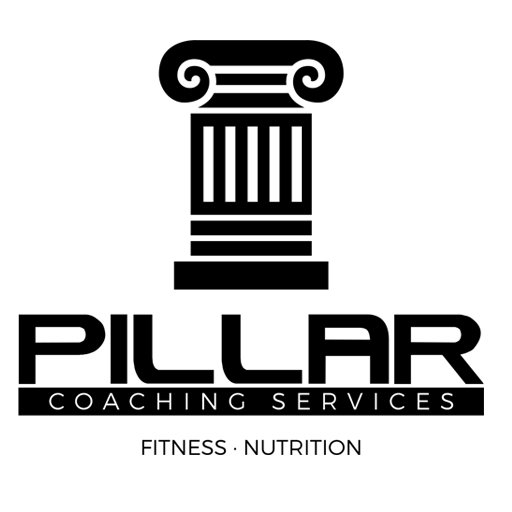Why Tracking What You Eat Isn’t as Easy as It Seems
Tracking your food intake can be an eye-opening experience, but it’s not always straightforward. Research shows that people tend to underestimate their calorie intake—sometimes by as much as 30 to 50 percent (Trabulsi & Schoeller, 2001).
That miscalculation can come from not realizing how calorie-dense certain foods are or simply misjudging portions. A classic example? Two tablespoons of peanut butter might easily be mistaken for just one—a difference of nearly 100 calories. Multiply that over the course of a day, and it's easy to see how someone could unintentionally miss 500 calories.
There are different ways to track food intake, including:
Writing everything down in a food diary
Taking photos of meals for later analysis
Using hand portion methods
Weighing and measuring food with a scale
The best method? The one you can stick to consistently. But a recent study compared two popular methods—food diaries and food photography—to see which was more accurate (Curtis et al., 2024).
How the Study Worked
Researchers recruited 26 participants (9 men, 17 women). Before the study began, participants were trained to use two tracking methods:
Food diaries (FD): Writing down everything they ate using household measurements like cups, tablespoons, or ounces.
Food photography (FP): Taking standardized food photos (on a white plate, from a set distance) for analysis by AI calorie-tracking software.
Each participant was then given a specific food item to track—such as a banana, a bagel, or apple juice—along with their regular daily intake. This allowed researchers to compare actual food values to recorded estimates and assess accuracy.
What the Study Found
Both methods underestimated calorie intake by 11 to 24 percent.
On average:
Food diaries underestimated calories by 13%, carbs by 11%, protein by 14%, and fat by 18%.
Photo tracking underestimated calories by 18%, carbs by 16%, protein by 18%, and fat by 24%.
Food diaries provided more reliable estimates, particularly for macronutrients. Food photography struggled most with fat content, likely because oils and hidden fats are harder to capture visually.
Key Takeaways
1. Food Diaries Are More Accurate—But Not Perfect
Food diaries tend to be more precise than taking photos, but no tracking method is completely accurate. Even weighing and measuring food isn’t foolproof. The important thing is consistency, not perfection.
2. The Best Method Is the One You’ll Actually Use
For most people, extreme precision isn’t necessary. A method like hand portions—which can be up to 95% as accurate as weighing food—can be just as effective when used consistently.
For example, if you’re eating:
✅ 2 palms of protein
✅ 2 fists of veggies
✅ 2 handfuls of carbs
✅ 2 thumbs of fat
… at every meal, but aren’t seeing results, you don’t need to stress over exact calorie numbers. Instead, you can reduce a thumb of fat and a handful of carbs at one meal—roughly a 250-calorie adjustment.
The calorie count matters less than tracking portions consistently and adjusting based on progress.
3. Training Helps Improve Accuracy
Even in this study, researchers spent time teaching participants how to track correctly before they started. A little education can go a long way in improving accuracy and helping you build a tracking routine.
If you’re starting a tracking method, ask yourself:
📌 When will I track? Before meals? After? Once a day?
📌 How will I track? A notebook? A phone app? A spreadsheet?
📌 What obstacles could get in the way? Can I plan around them?
Food tracking isn’t meant to be perfect—but paying attention beats not tracking at all.
Final Thoughts
At the end of the day, tracking your food isn’t about obsessing over numbers—it’s about learning from patterns. If a method feels stressful, it won’t be sustainable. The best approach is one you can stick to, adjust over time, and use to make informed decisions.
Take care of yourself; no one else can do it for you.
—Michael Beiter
Personal Trainer
Nutrition, Sleep, Stress Management, and Recovery Coach
References
Trabulsi J, Schoeller DA. Evaluation of dietary assessment instruments against doubly labeled water, a biomarker of habitual energy intake. Am J Physiol Endocrinol Metab. 2001 Nov;281(5):E891–9.
Curtis C, Hills SP, Arjomandkhah N, Cooke C, Ranchordas MK, Russell M. The test–retest reliability and validity of food photography and food diary analyses. Nutrition & Dietetics. 2024 Sep 24.

